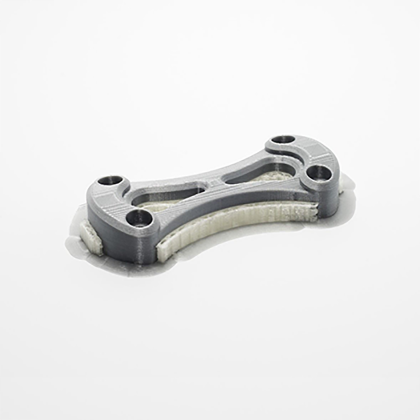In the ever-evolving world of rapid prototyping, fused deposition modeling services have emerged as a game-changer. This technology, often abbreviated as FDM, has transformed the way prototypes are designed, tested, and manufactured. But what exactly is fused deposition modeling, and how is it making such a significant impact?

Understanding Fused Deposition Modeling
Fused deposition modeling (FDM) is an additive manufacturing process that involves the layer-by-layer deposition of material to create a three-dimensional object. The material, typically a thermoplastic filament, is heated to its melting point and extruded through a nozzle to form each layer. This process continues until the entire object is built.
"FDM technology allows for the creation of complex geometries that would be impossible or highly impractical with traditional manufacturing methods."
Advantages of Fused Deposition Modeling Services
Why are fused deposition modeling services so popular in the realm of rapid prototyping? The advantages are numerous:
- Cost-Effective: FDM is generally more affordable compared to other additive manufacturing techniques.
- Material Variety: A wide range of thermoplastics can be used, offering different mechanical properties and finishes.
- Ease of Use: The technology is user-friendly, making it accessible for both professionals and hobbyists.
- Speed: Prototypes can be produced quickly, accelerating the design and testing phases.
Applications in Various Industries
The versatility of fused deposition modeling services makes them suitable for a wide range of applications across different industries. For instance, in the automotive sector, FDM is used to create functional prototypes of car parts. In the medical field, it aids in the development of custom prosthetics and surgical guides.
Moreover, the aerospace industry leverages FDM for producing lightweight components, while the consumer goods sector uses it for designing and testing new products. The possibilities are virtually endless.
Real-World Examples
To illustrate the impact of fused deposition modeling services, let's look at some real-world examples. One notable product is the XYZprinting da Vinci 1.0 Pro, a 3D printer that utilizes FDM technology to deliver high-quality prints. This printer is known for its precision and reliability, making it a favorite among professionals.

Another example is the Ultimaker S5, which offers advanced features like dual extrusion and a large build volume. This printer is ideal for creating complex prototypes with intricate details.
Conclusion
In conclusion, fused deposition modeling services are revolutionizing the field of rapid prototyping. With their cost-effectiveness, material versatility, and ease of use, they offer unparalleled advantages for various industries. As technology continues to advance, we can expect FDM to play an even more significant role in shaping the future of manufacturing.
For those interested in exploring this technology further, numerous resources and products are available to help you get started. Whether you're a seasoned professional or a curious beginner, fused deposition modeling services offer a world of possibilities.







